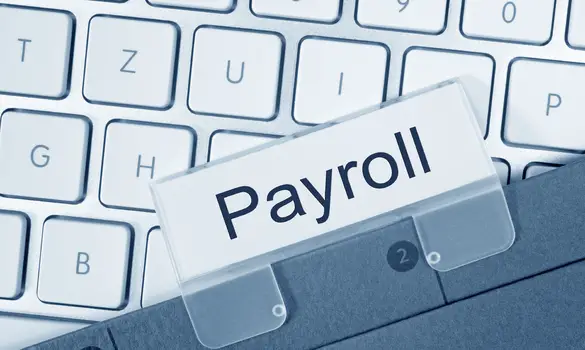
Many self-employed individuals struggle to learn how to run payroll properly. After all, self-employed individuals like you need to make a lot of decisions in order to start the process. In the computer age, self-employment is easier and more popular than it has ever been. You can now find the best credit card for self employed business owners quicker and insurance options are more abundant than they previously were. However, your success is tied directly to knowing how to process a payroll properly. In this post, we will teach you how to run payroll for self employed individuals.
Choose A Method
As a self-employed individual, the first step to running payroll is choosing a payment method. You have two options to choose from. The first is through the use of an owner’s draw. An owner’s draw is a withdrawal by a business owner for their own personal use. This cash is not taxed until you file your personal income tax. When completing your taxes, review your income tax rate to understand your government contribution. The second method of payment is salary. A salary is a set, reoccurring, taxable payment. A potential drawback to giving yourself a salary is that the funds may not always be available. One way or another, self employed individuals running payroll need to choose a payment method.
Determine How Much To Pay Yourself
After choosing a method of payment, determine how much you will pay yourself. Whether you decided to use an owner’s draw method or pay yourself a salary, you still have to choose how much of the business’ profits you will be putting in your pocket. You can research online how much people in a similar position make. Another option is to breakdown how much you can afford to take away from your business. Keep in mind that you should be paying yourself a reasonable amount. All self employed individuals learning how to run payroll need to determine how much to pay themselves.
Create A Payroll Register
To keep track of all payment history for yourself, you will need to set up and continually maintain a payroll register. A payroll register is a spreadsheet that includes information on total gross wages as well as any funds that are withheld for taxes, social security, or other obligations. This information is helpful when submitting tax reports to the IRS and Social Security Administration each quarter. A payroll register can be set up on the computer or by using a physical book. When running payroll for self employed individuals, you will need to create a payroll register to keep track of the books.
Familiarize Yourself With Tax Rules
Before setting any of your other decisions in stone, familiarize yourself with state and federal tax laws on self-employment. Obviously, the amount you pay yourself influences how much you pay in taxes and social security. After you decide between salary or owner’s drops, research the federal and your state’s tax laws. Many self employed business owners hire financial tax advisors to assist them. The IRS states that you have to pay yourself a reasonable amount for income tax and social security purposes. The reason for this is to ensure that you are properly reporting on personal and business income and paying a fair amount in taxes. If you give yourself too low of a salary, you can expect an audit. When learning how to run payroll as a self employed individual, familiarize yourself with tax rules.
Decide On A Payroll Schedule
After you have created a register, settled on how much to pay yourself, and researched the tax law, decide on a payroll schedule. This schedule covers more than just when you should be paying yourself. Include in your payroll schedule the due dates for tax payments and tax filings. A payroll schedule keeps you informed on up-coming dates to ensure you never miss payment deadlines. The last step in learning how to run payroll for self employed individuals is to decide on a payroll schedule.
Learning how to run payroll for self employed individuals may seem overwhelming at first. Begin by choosing a method of payment and deciding how much you will be paying yourself. Set up a payroll register to ensure you are paying yourself properly and withholding any appropriate funds. Finally, familiarize yourself with federal and state tax laws as well as create a payroll schedule to make sure you never miss any of those tax deadlines. With this information, you now know how to run payroll for self employed individuals.
 Business First Family Business, Accounting, Finance, Investing, Marketing And Management
Business First Family Business, Accounting, Finance, Investing, Marketing And Management